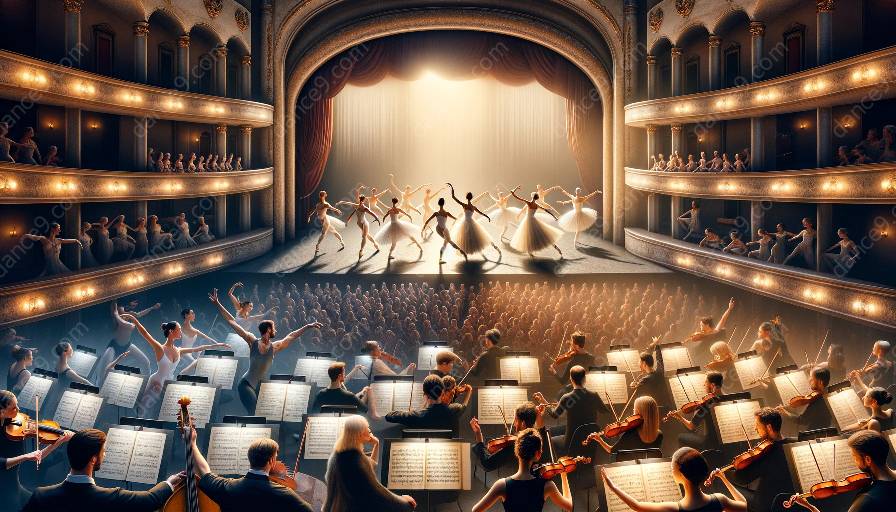Ballet, with its graceful movements and timeless elegance, has been deeply intertwined with music throughout its history. The evolution of music influence in ballet has not only shaped the art form but also played a pivotal role in defining ballet history and theory. From its origins in the royal courts of Europe to modern-day performances on prestigious stages around the world, the relationship between music and ballet has been a dynamic and transformative force.
Origins of Music Influence in Ballet
The influence of music on ballet dates back to the Renaissance and Baroque periods, when ballet emerged as a distinct art form in the royal courts of France and Italy. The rhythm and melody of courtly dances provided the initial inspiration for ballet movements, with live musicians accompanying the dancers to bring the performances to life. The interplay between music and movement laid the foundation for the collaborative spirit that continues to define ballet productions.
Classical Era and the Birth of Ballet Music
The classical era saw the birth of ballet music as a distinct genre, with composers such as Tchaikovsky and Stravinsky creating iconic scores for some of the most enduring ballet productions. Tchaikovsky's compositions for ballets like 'Swan Lake' and 'The Nutcracker' transformed the way music was integrated into ballet, with rich melodic motifs and evocative orchestration enhancing the storytelling and emotional depth of the performances.
Modern Innovations and Fusion of Musical Styles
As ballet evolved into the 20th and 21st centuries, the influence of music expanded to encompass a diverse range of styles and genres. Choreographers began to incorporate modern and avant-garde compositions into their works, challenging traditional notions of ballet music and opening new frontiers for artistic expression. This fusion of musical styles not only pushed the boundaries of ballet but also reflected the evolving cultural landscape of the times.
Impact on Ballet History and Theory
The influence of music on ballet has left an indelible mark on the art form's history and theory. The collaboration between composers and choreographers has resulted in iconic ballet productions that continue to captivate audiences worldwide. Furthermore, the interplay between music and movement has inspired new choreographic techniques and theoretical frameworks, enriching the study and practice of ballet as an art form.
Conclusion
The evolution of music influence in ballet history is a testament to the enduring power of collaboration and creativity. From its origins in the courts of Europe to the global stages of today, the relationship between music and ballet has continued to evolve, shaping the art form in profound ways. As we look to the future, the ongoing influence of music on ballet promises to inspire innovative performances and redefine the boundaries of this timeless art form.





























